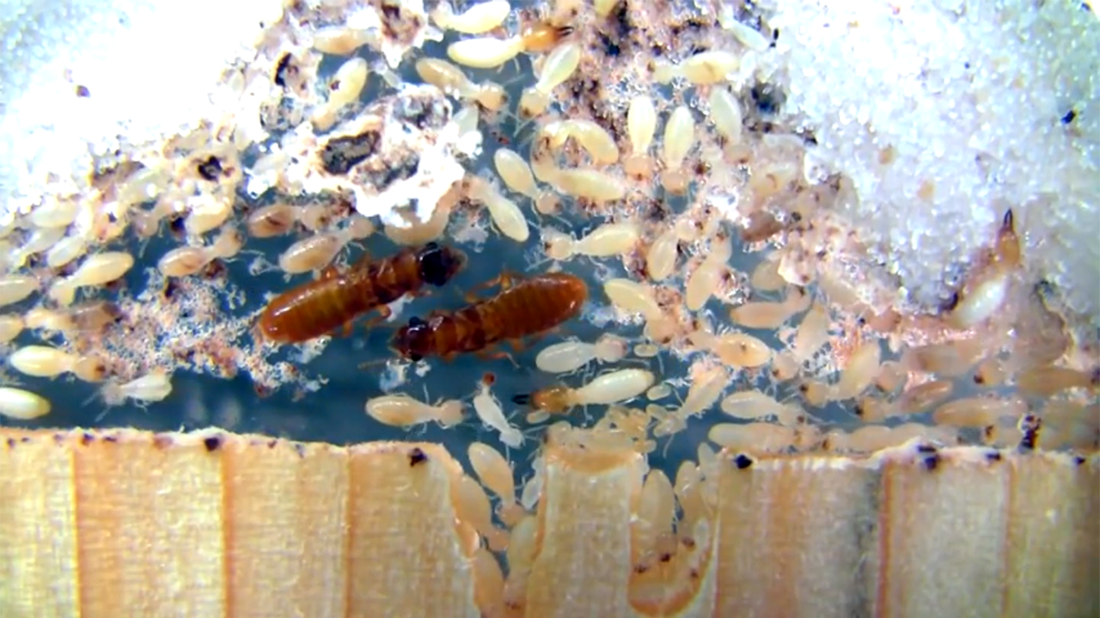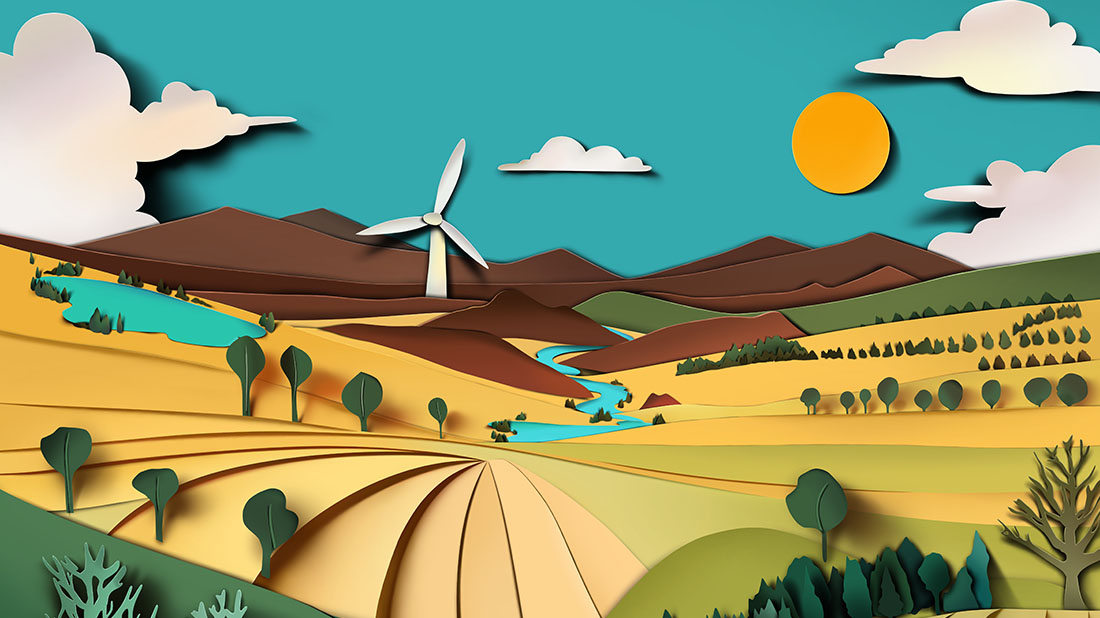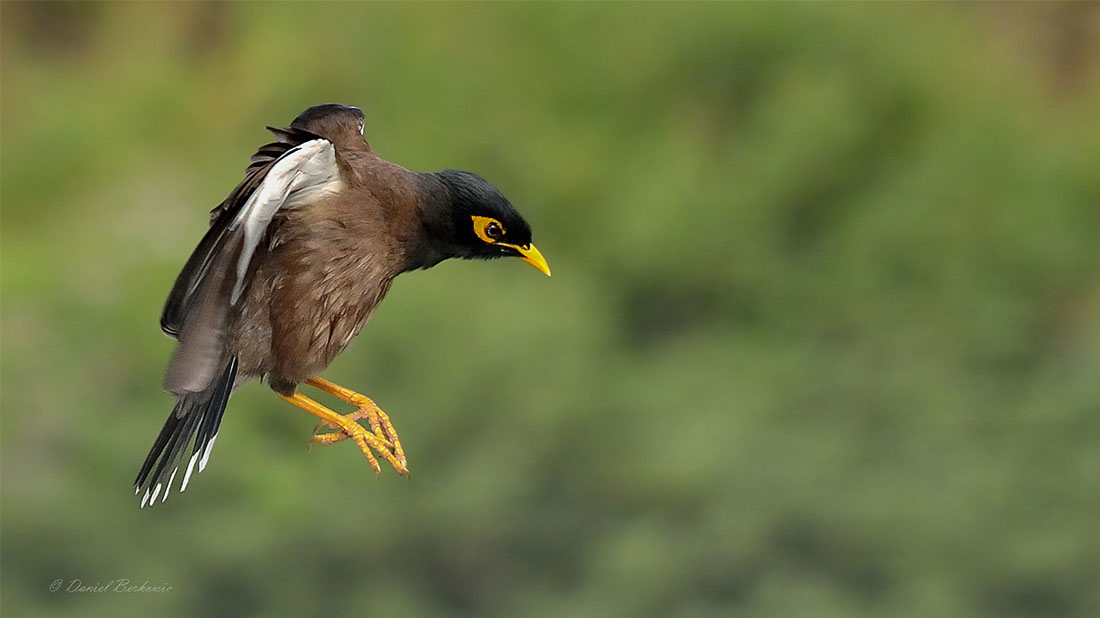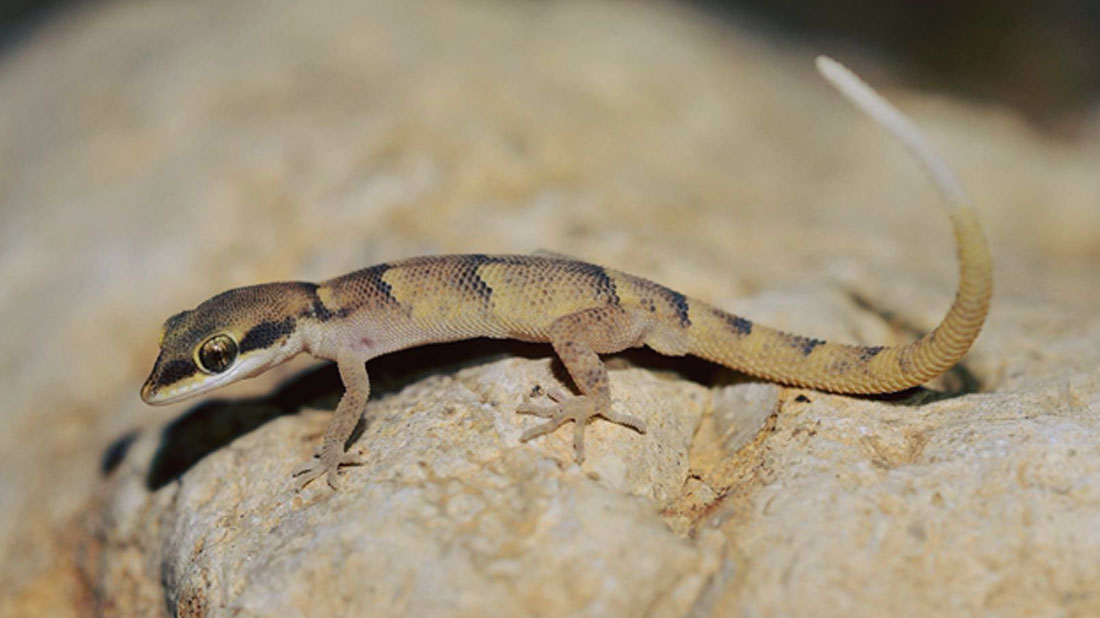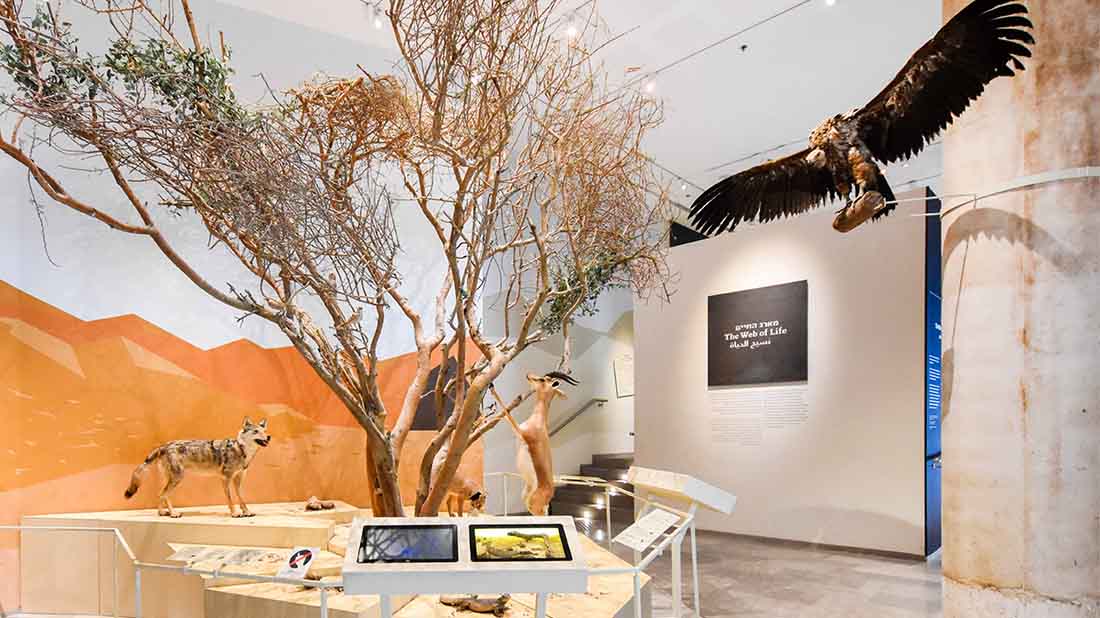The Formosan termite (Coptotermes formosanus) is also called a super-termite. Similar to other harmful termite species, it gnaws and penetrates both living and dead wood, but it is also capable of gnawing through resistant human products, such as plastic, narrow cracks in concrete, and certain metal coatings. It gained the title ‘super-termite’ mainly due to the enormous colonies it establishes (in some cases up to about 10 million individuals), its rapid growth rate, and its ability to search for and locate food at a distance of tens of meters from the nest. So what’s the deal with these termites? And what should we do if we encounter them?
There are more than 3,000 species of termites throughout the world, 12 of which live in Israel. Termites can be found on all continents except Antarctica, but they live mainly in tropical and subtropical regions. Termites are social insects, but their origins are far from those of other social insects we’re familiar with, such as ants and bees. In fact, they are close in origin to cockroaches and belong to the same group as them – Order Blattodea. They live in what is termed a ‘super-organism’ – a life form in which the individuals do not act for their own benefit, but rather for the benefit of the group.
A termite nest can include from just a few to millions of individuals. Termite colonies contain different castes that are distinguished by their appearance and role. Every nest has a queen (one or more) whose life expectancy can reach decades; she is the only one to reproduce. Beside the queen is a king, or a few kings, that remain in the nest permanently and continue to fertilize the queen at fixed intervals. The largest caste in terms of numbers is the worker caste. In contrast to ants, the worker termites can be both females and males. The workers build and maintain the colony, collect food, and feed and care for the young and the royal couple. Alongside the workers is the soldier caste (males only, females only, or both, depending on the termite species), whose activity is expressed only when there is a need to protect the colony. In contrast to the workers, which have a relatively delicate appearance, the soldiers in most species of termites have large, powerful jaws. They often integrate chemical substances in their warfare; some types of soldiers have small jaws and their main field of expertise is to spray sticky, stinging substances. The soldiers cannot eat by themselves and require the assistance of the workers who feed them. Every year, a large number of winged individuals – princes and princesses – set out from the large, stable colonies to perform their mating flight. Only a few will manage to establish themselves as a new king and queen and set up a new colony. Initially, the female lays a small number of eggs, but as the colony grows and develops she becomes a ‘sophisticated egg-laying machine’ that is capable of laying up to 1,000 or more eggs per day.
Termites build a great diversity of nests. Some species build large, sophisticated mounds out of the soil with a wide and impressive range of architectural forms. Others build spherical nests on trees or are found inside dead logs or in the soil. The main source of food for termites is cellulose in its different forms –most species feed on trees and dead plants. Their stomach contains symbiotic microorganisms that help them break down the cellulose; thus, termites play an important role in the cycling of organic matter in nature. When the source of cellulose is human property, such as construction planks, doorframes, pergolas, wooden floors, wooden furniture, and paper products, a conflict inevitably arises between us and the termites.
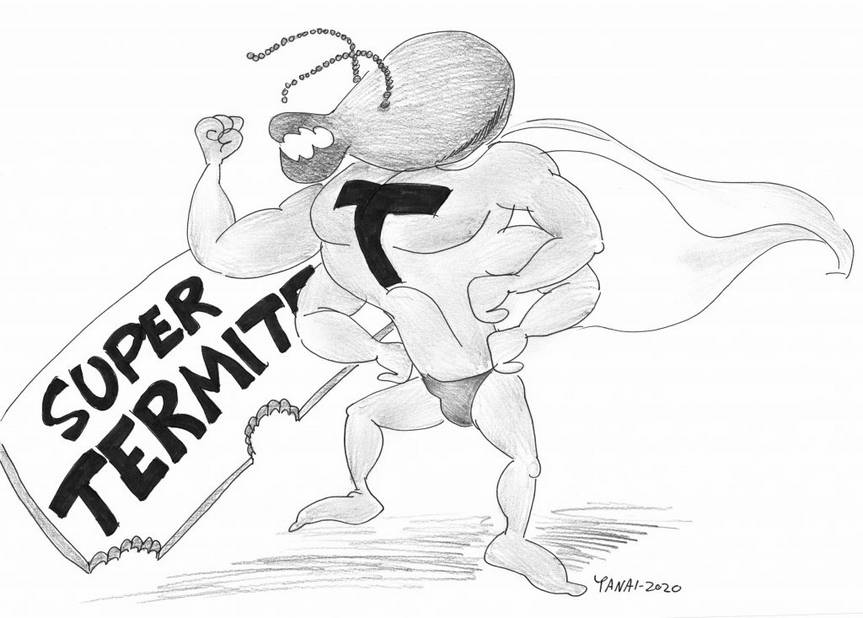
Illustration: Zohar Yanay
How can we identify the super-termite? And what should we do?
Termite identification is done by professionals. The entomological staff of the National Collections and the members of the Entomology Lab for Applied Ecology at the Steinhardt Museum of Natural History work in collaboration with the Ministry for Environmental Protection to locate sites of invasion of the Formosan termite. We really need your help with this: you are invited to help by reporting any suspicion of termites, together with photos, if available (the email address of the Pest and Pest Control Division of the Ministry for Environmental Protection: pestcontrol@sviva.gov.il)
It is difficult to distinguish between the workers of the Formosan termite and those of other termite species, but the soldiers and the reproductive individuals – the king and queen – are easier to identify: the soldiers have orange-brown elliptical heads that are different to the more oblong heads of most termite species. Moreover, they have a noticeable indentation at the front of their heads, from which they often secrete a sticky white fluid when they are attacked. At the front of their heads, the soldiers also have sickle-shaped, black pincers that they often hold in an X-formation. Their whitish-yellow body is about 6 mm in length. The winged individuals that set out on the mating flight have a yellow-brown body and brown-honey-colored head. They have a pair of black eyes and two different-sized pairs of wings, and their body is 12–15 mm long from head to wingtip. The wings are transparent, except for two wide veins covered in short hairs, which run along the edge of the front wing; they are seen easily under magnification and serve as a clear identifying feature.
Assisted in writing this article: Dr. Dany Simon and Gilad Ben-Zvi


